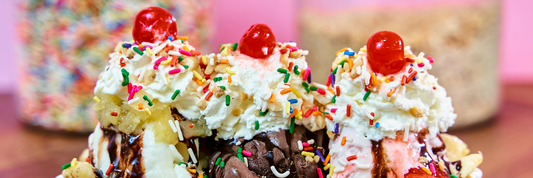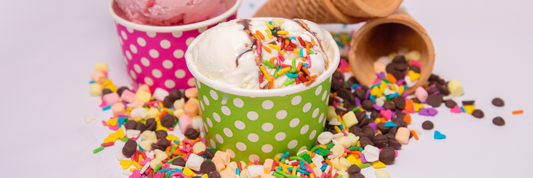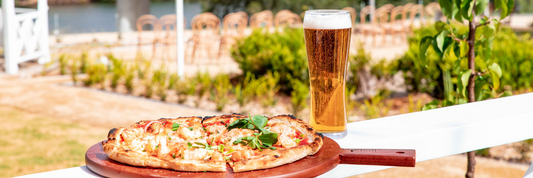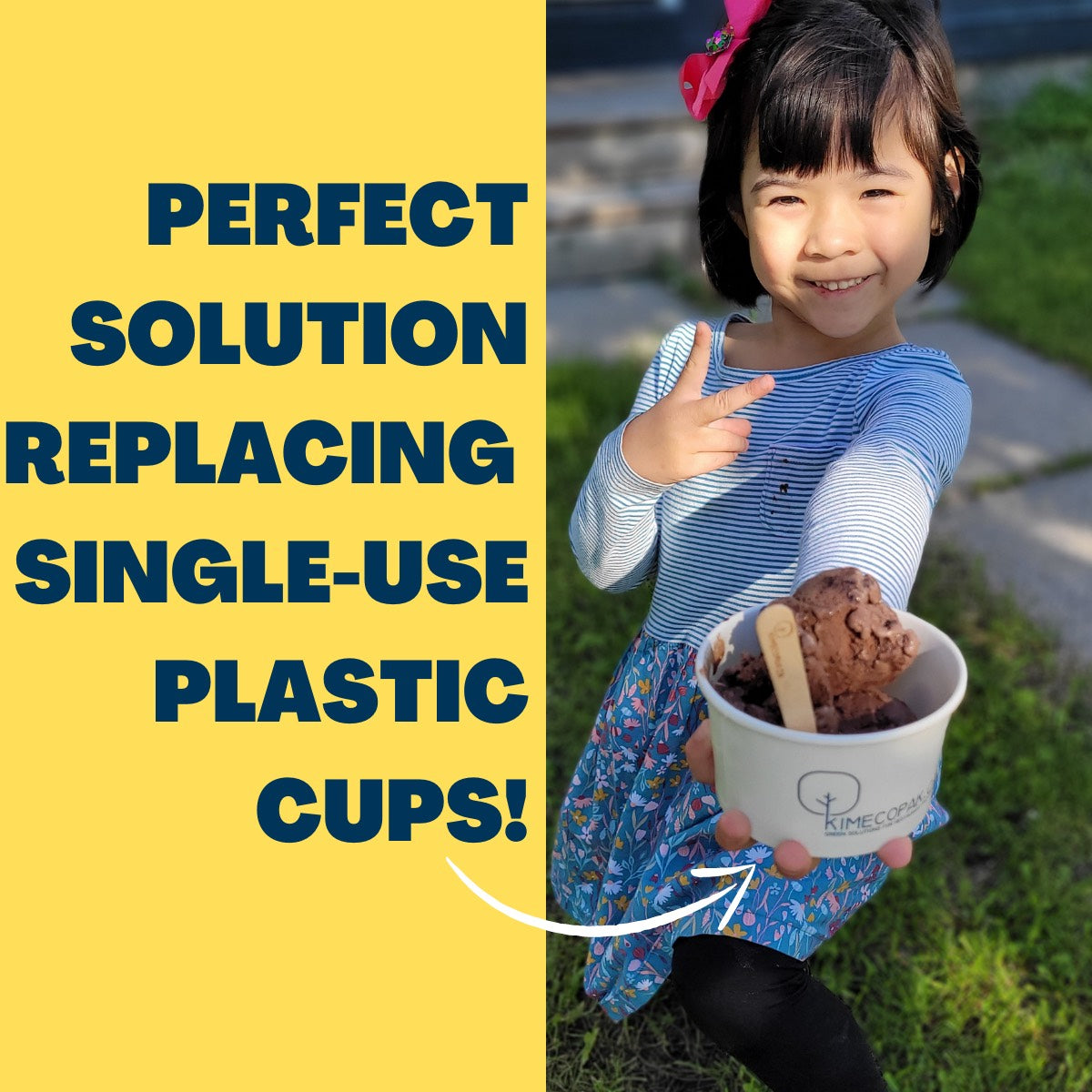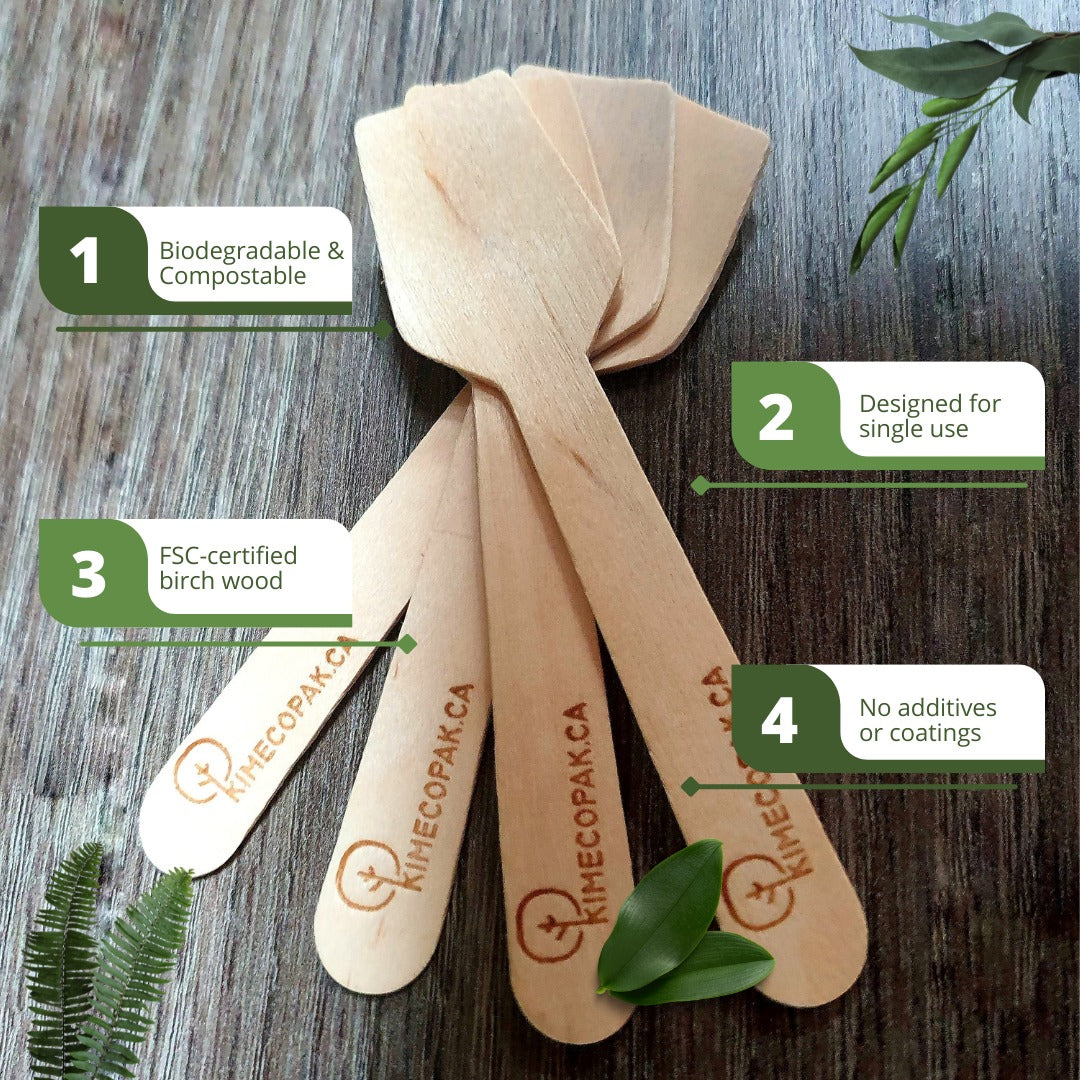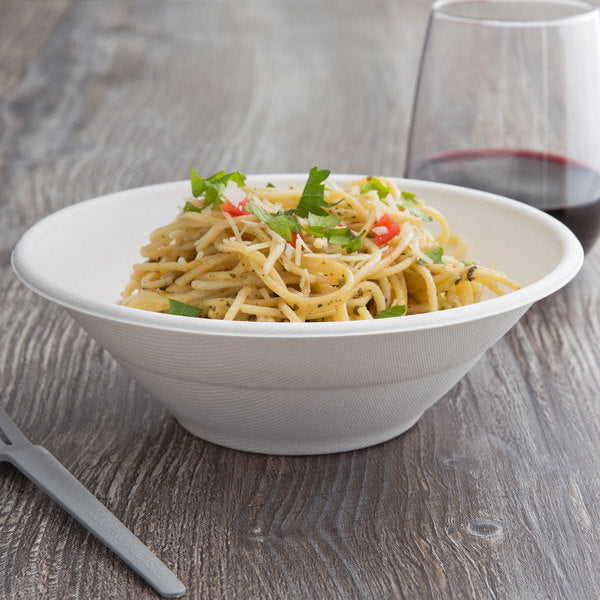Wine is not just a beverage; it’s an experience, a tradition, and often, an investment. Proper storage of wine is critical to maintaining its quality, flavor, and aroma over time. Whether you’re a seasoned collector or a casual enthusiast, understanding the right methods to store wine can make all the difference. This guide provides everything you need to know about wine storage, from the basics to advanced tips.
How to Recork Wine: A Step-by-Step Guide to Preserve Your Wine's Flavor
How wine bottle design affects consumer choice?
Why Proper Wine Storage is Crucial
Understanding why wine needs careful storage helps you protect its quality. Think of it like any perishable item, but with a unique twist – some wines actually get better over time if stored correctly. Proper storage is fundamental for wine preservation and ensuring you enjoy every bottle as intended, whether it's a casual weeknight pour or a special occasion bottle. It directly impacts taste, aroma, and longevity.
Preventing Spoilage: Heat, Light, Oxygen
Wine's enemies are excessive heat, direct light exposure (UV damage), and oxygen.
- Heat: High wine temperature is the fastest way to ruin wine. Imagine leaving a bottle in a hot car – the delicate flavors cook, becoming flat and unpleasant. Consistent warmth, even below extreme levels, accelerates unwanted chemical reactions, shortening the wine's shelf life. Maintaining a cool, stable environment prevents this premature aging and "cooked" character.
- Light: Sunlight and even strong artificial light, especially UV rays, can degrade the organic compounds responsible for wine's aroma and flavor. This is particularly true for delicate white and sparkling wines often bottled in clearer glass, a unique sensitivity. Dark storage protects against this "lightstrike" damage.
- Oxygen: While a tiny amount of oxygen exchange can be beneficial for aging (especially through a natural cork), too much oxidation is detrimental. Poor seals (like dried-out corks from low humidity or upright storage) or simply leaving a bottle open allows excessive air contact, making the wine taste stale or vinegary, much like an apple slice turns brown when left out. Proper storage minimizes unwanted oxygen exposure.
Enabling Graceful Aging: Developing Complexity
Here’s where wine storage becomes truly fascinating and distinct. Unlike most beverages, many wines possess the unique potential to evolve and improve with time. Correct wine aging conditions allow this magic to happen.
- Slow Transformation: Cool, stable temperatures slow down the chemical reactions within the bottle. This allows complex flavors and aromas to develop gradually, integrating tannins (in reds) and creating nuanced "tertiary" notes like leather, earth, or dried fruit. This is the core purpose of cellaring wine.
- Historical Wisdom: People have known this for centuries; think of traditional wine cellar environments like cool, damp caves which provided naturally stable conditions for long-term maturation. The goal is to replicate this stability.
- Peak Enjoyment: Proper storage ensures a wine reaches its peak potential rather than declining prematurely. It allows the wine's components to harmonize, resulting in a smoother, more interesting drinking experience down the road.
Protecting Your Investment (Whether $10 or $100+)
Every bottle of wine represents an investment, whether financial or in the anticipation of enjoyment. Poor storage wastes that investment.
- Value Preservation: For collectors or those buying long term wine storage service or building a collection with temperature controlled wine cabinets, maintaining optimal conditions is essential to preserve and potentially increase the wine's financial value. Proof of good storage can be critical.
- Ensuring Enjoyment: Even for an inexpensive bottle you plan to drink next month, bad storage can make it undrinkable. Imagine buying a simple $10 red for pizza night, leaving it by a sunny window, and having it taste like stewed fruit – that's a disappointing waste. Proper preservation ensures you get the quality you paid for, regardless of price point.
- Avoiding Costly Mistakes: Knowing how to fix wine stored too warm is difficult; prevention is key. Simple measures avoid the disappointment and financial loss of spoiled wine. Your goal is ensuring every bottle, cheap or expensive, tastes its best when you finally open it.
Factors That Influence Wine Flavors

The 5 Golden Rules of Wine Storage
Achieving good wine preservation relies on controlling key environmental factors. These five rules form the foundation for keeping your wine safe and allowing it to develop properly, whether you have a simple wine rack or are considering a dedicated wine cellar. Mastering these basics prevents most common storage problems.
Keep it Cool & Consistent (Temperature)
Temperature is arguably the most critical factor in wine storage.
- Ideal Range: The target wine temperature is consistently around 55°F / 13°C. This specific cool temperature is unique compared to standard refrigeration and crucial for both preservation and controlled wine aging. While slight variations are okay, this is the benchmark for serious storage solutions like a temperature controlled wine cabinet.
-
Consistency is Key: Rapid or frequent temperature fluctuations stress the wine. Think about how sudden weather changes affect us; wine experiences similar shocks. These swings cause the liquid to expand and contract, potentially pushing the cork out or letting oxygen in.
Stable conditions are paramount. Avoid places like kitchens with fluctuating oven heat or storing wine in garage during winter/summer where temperatures swing wildly. - Dangers of Heat: Excessive heat quickly damages wine, leading to "cooked" flavors – think stewed or jammy instead of fresh fruit. The wine's structure breaks down, aromas become dull, and its overall shelf life plummets. If you need to know how to fix wine stored too warm, the unfortunate answer is usually that the damage is irreversible. Prevention through cool storage is essential.
Maintain Moderate Humidity (Around 70%)
Humidity plays a vital role, primarily for wines sealed with natural corks.
- Why it Matters: Natural corks need moisture to stay plump and maintain a tight seal. Think of a cork like a sponge; if the air is too dry, the exposed end of the cork dries out and shrinks. This allows oxygen to seep into the bottle, leading to oxidation and spoilage. Proper humidity ensures good cork moisture and protects the wine.
-
Risks:
- Too Low Humidity: Corks dry out, shrink, and fail, compromising the wine.
- Too High Humidity: Can encourage mold growth on labels and potentially the cork surface (though usually harmless to the wine inside unless extreme). Finding humidity control for wine cellars or fridges addresses this balance.
- Historical Context: Natural underground caves, historically ideal for wine aging, often maintained a naturally high, stable humidity, demonstrating its long-understood importance. The target of around 70% relative humidity mimics these optimal conditions.
Embrace the Dark (Light Protection)
Wine prefers the dark; light, especially sunlight, is harmful.
- UV Damage: Ultraviolet (UV) light can react with phenolic compounds in wine, creating unpleasant aromas and flavors – a fault known as "lightstrike." This is a specific vulnerability of wine compared to many other beverages. Sparkling wines and delicate whites in clear or light-green bottles are particularly susceptible to light exposure.
- Bottle Color: Darker glass bottles (deep green, brown) offer better protection than clear or light-colored ones, but they are not entirely light-proof.
-
Best Places: Store wine away from direct sunlight and fluorescent lighting. Ideal spots include:
- Dark closets
- Basements
- Interior cabinets (away from heat sources)
- Specialized wine fridge/cooler units designed with solid or UV-protected glass doors.
Avoid Vibrations (Keep it Still)
Wine likes peace and quiet; constant vibration can be detrimental.
- Disturbance: While the exact science is debated, significant vibration is thought to potentially speed up chemical reactions within the wine, possibly accelerating aging undesirably. It can also disturb the fine sediment found in older red wines, preventing it from settling naturally. Think about trying not to shake a delicate, aged bottle.
- Common Sources: Keep wine away from vibrating appliances like refrigerators (standard ones, not dedicated wine units), washing machines, dryers, or areas with heavy foot traffic or regular loud music. If you're wondering does vibration affect wine storage significantly, the consensus for long-term storage is yes, minimize it. Consider this when choosing affordable wine storage solutions placement.
Store Sideways (Bottle Orientation)
The standard practice for most wines is horizontal storage.
- The Reason: Storing a bottle on its side ensures the wine stays in contact with the cork. This constant contact provides the necessary cork moisture to keep it expanded, maintaining that crucial seal against oxygen. This is the primary reason for traditional wine rack designs.
-
Exceptions:
- Screw Caps & Synthetic Corks: Bottles sealed with alternative closures do not strictly require horizontal storage for seal integrity. The debate on storing wine upright vs horizontal screw cap often concludes that upright is perfectly fine for these closures.
- Very Short-Term Storage: If you plan to drink the wine within a few days or weeks, upright storage is unlikely to cause harm.
- Historical Note: Interestingly, very old vintage Ports were sometimes stored upright for extended periods after long horizontal aging. This specific practice allowed the heavy sediment to compact firmly at the bottom before careful decanting, but this is an exception, not the rule for general storage.

Practical Storage Solutions for Every Budget
You don't need a sprawling wine cellar to store wine correctly. Many affordable wine storage solutions exist, catering to different needs and spaces. The goal is to apply the golden rules using the resources you have available, from simple spaces to dedicated units. Finding the best way to store wine bottles in apartments or houses often involves creativity.
Short-Term Storage (Days to Weeks): Simple Do's & Don'ts
If you plan to drink your wine soon, complex setups are unnecessary. Focus on avoiding the biggest enemies: heat and light.
-
Good Spots: Utilize naturally cooler, darker areas.
- A closet floor (often cooler near the ground) can work well.
- A low pantry shelf away from appliances or direct light is suitable.
- Any interior space shielded from sunlight and heat sources (like ovens or radiators) is better than leaving bottles out. Consider how long can white wine be stored at room temperature – ideally not long, so drink it sooner or find a cooler spot.
- Avoid the Kitchen Fridge (Long-Term): While fine for chilling wine before serving or storing an opened bottle temporarily (how to store red wine after opening without cork is another topic!), your regular refrigerator is not ideal for long-term unopened wine preservation. It's generally too cold, potentially stunting wine aging, and the low humidity can dry out natural corks over time.
Using Basic Wine Racks
A simple wine rack is a step up, offering better organization and ensuring correct bottle position.
- Benefits: Racks keep bottles organized and, crucially, enforce horizontal bottle orientation. This keeps the wine in contact with the cork, maintaining cork moisture for cork-sealed bottles. They are often very affordable wine storage solutions.
- Location is Key: Placing the wine rack is vital. Choose the coolest, darkest, most stable location possible in your home – perhaps a basement corner, an unused closet, or under the stairs. Avoid areas with high traffic, direct sunlight, or significant vibration.
Investing in a Wine Fridge or Cooler
For longer storage or a growing collection, a dedicated wine fridge/cooler offers significantly better control. These units are specifically designed for wine.
- Single vs. Dual Zone: Single-zone units maintain one consistent wine temperature. Dual-zone models offer two independent sections, often used for storing reds and whites at slightly different temperatures (though 55°F/13°C is still the ideal for long-term storage of both). Consider your collection and needs; sometimes the best wine fridge for small spaces is a compact single-zone unit.
-
Key Features to Look For:
- Consistent Temperature Control: The core function of a temperature controlled wine cabinet. Ensure it can reliably maintain your desired temperature (around 55°F/13°C).
- UV Protection: Look for solid or UV-resistant glass doors to prevent light exposure (UV damage).
- Humidity Management: Some units offer basic humidity control or features to maintain adequate levels.
- Low Vibration: Good units have compressors designed to minimize vibration.
- Capacity: Choose a size appropriate for your current and anticipated collection.
- Smart Capabilities: Some modern wine fridge/cooler units now include smart features, allowing remote monitoring and adjustment of temperature and humidity via apps, offering enhanced peace of mind. Check out wine preservation system reviews which sometimes cover these advanced units.
Dedicated Wine Cellars (Passive vs. Active)
For serious enthusiasts or large collections, a dedicated wine cellar provides the ultimate storage environment.
- Overview: A cellar aims to replicate ideal conditions on a larger scale. This is often the preferred solution for long term wine storage service or significant personal collections requiring stable wine aging conditions.
-
Types:
- Passive Cellars: These rely on natural insulation and underground placement (like a basement) to maintain cool temperatures and stable humidity without mechanical cooling systems. They often embody historical principles of natural storage.
- Active Cellars: These are custom-built rooms using climate control systems (cooling units, humidifiers) to precisely manage wine temperature and humidity control for wine cellar environments, regardless of external conditions.

Storing Specific Types of Wine
While the core principles of wine storage apply broadly, some wine types have specific sensitivities or characteristics worth noting for optimal preservation. Understanding these nuances helps ensure every bottle, regardless of style, reaches its potential shelf life and tastes its best upon opening.
Red, White, and Rosé Wines: General Guidelines Apply
For the vast majority of still red, white, and rosé wines you encounter, the five golden rules are your primary guide. Whether it's a robust Cabernet Sauvignon or a crisp Sauvignon Blanc, they all benefit from consistent, cool wine temperature (around 55°F/13°C), protection from light exposure (UV damage), stable humidity, minimal vibration, and horizontal bottle orientation if sealed with cork.
While their ideal serving temperatures differ significantly, their long-term storage needs are fundamentally the same for proper wine aging.
Sparkling Wines (Champagne, Prosecco, Cava): Extra Sensitivity Matters
Sparkling wines require careful handling due to their pressure and composition.
- Light Sensitivity: These wines, especially those in clear or pale bottles, are uniquely susceptible to lightstrike. Strict darkness is even more crucial than for many still wines to prevent detrimental changes to flavor and aroma.
- Stable Pressure: Consistent cool temperatures are vital not only for preservation but also for maintaining stable pressure inside the bottle. Temperature fluctuations can affect the carbonation and potentially compromise the seal. The ideal temperature and humidity for storing champagne and other sparkling wines mirror those for still wines (cool, stable temp; moderate humidity for corks).
Fortified Wines (Port, Sherry, Madeira): Generally More Resilient
Wines like Port, Sherry, and Madeira are "fortified" with additional spirits, increasing their alcohol content and stability.
- Robust Nature: Higher alcohol and often sugar levels make them naturally more resistant to oxidation and spoilage compared to table wines. They generally have a longer shelf life after opening, too.
- Cool Temps Still Best: While more tolerant, they still benefit significantly from being stored at cool, consistent temperatures, especially for long-term wine aging. Heat can still dull their complex flavors over time, even if it doesn't spoil them outright as quickly as table wines. Basic preservation principles still apply for maximizing quality.
Understanding "Ullage" in Older Bottles
When dealing with very old wines, you might hear the term "ullage."
- Definition: Ullage refers to the small air gap between the wine and the bottom of the cork in a sealed bottle. Think of it as the "fill level."
-
Significance: Over many years or decades, a tiny amount of evaporation occurs through the cork, causing the ullage to increase slightly. An unusually large air gap (high ullage) in an old bottle can be an indicator of poor storage conditions (like low humidity leading to poor cork moisture and evaporation, or past heat exposure) or potential oxidation.
Collectors often check the ullage level as a clue to the wine's condition and how well it might have survived its wine aging journey. It’s like looking at the fill line on a very old unopened jar to guess if the seal held up over time.

FAQs About Storing Wine
Can I store red and white wine together?
Yes, you can store both red and white wine together as long as you maintain the correct storage conditions. The most crucial factors for wine storage are consistent temperature and humidity, regardless of the wine type. Aim for a cool, dark place with minimal temperature fluctuations. A dedicated wine fridge/cooler or a temperature controlled wine cabinet is ideal. If you're using a wine cellar, ensure the humidity control for wine cellar is appropriate.
Think of it like a shared pantry for your wines – the environment matters more than the color of the label. For instance, imagine you have a small apartment; using an affordable wine storage solution that can hold both reds and whites at the right temperature is perfectly acceptable and practical.
How long can I store an average bottle of wine?
The storage lifespan of an average bottle of wine depends heavily on the wine itself, its quality, and the storage conditions. Most everyday drinking wines are not meant for long-term aging and are best consumed within a year or two of purchase. However, finer wines, especially those with good structure and tannins, can benefit from aging for several years, even decades, under optimal conditions.
Factors like consistent wine temperature, proper humidity, and minimal light exposure (UV damage) play a significant role in the shelf life of your wine. For example, a robust Cabernet Sauvignon from a good vintage, stored in a temperature controlled wine cabinet with consistent humidity, can potentially improve for 5-10 years or more. On the other hand, a light-bodied white wine might only be at its peak for 1-3 years.
Is it okay to store wine with screw caps upright?
Yes, it is perfectly okay to store wine with screw caps upright. Unlike cork-sealed bottles, which benefit from horizontal storage to keep the cork moist and prevent it from drying out and allowing oxygen to enter, wines with screw caps do not have this concern. The seal on a screw cap is airtight, so the orientation of the bottle doesn't affect the wine's preservation. So, if you have a collection of wines with screw caps, feel free to store them upright in your wine rack or affordable wine storage solutions. This can even save space!
Does storing wine in a regular fridge damage it?
Storing wine in a regular fridge for an extended period can potentially damage it. While the cool temperature of a refrigerator (typically around 4°C or 40°F) is suitable for short-term storage of opened white wines, it's generally too cold and dry for long-term storage of most wines. The low temperature can slow down the aging process significantly and may even cause the cork to lose its elasticity and potentially let in air, leading to oxidation.
Additionally, the lack of humidity in a regular fridge can dry out corks. However, using your regular fridge for a few days or even a couple of weeks before serving is generally fine. For long term wine storage, investing in a wine fridge/cooler that maintains a more ideal and consistent temperature (around 12-14°C or 55-57°F) and appropriate humidity is highly recommended. Think of your regular fridge as a temporary holding cell, while a wine fridge is the comfortable long-term home for your prized bottles.

Conclusion
To summarize, the core principles for properly storing your wine revolve around five key elements: keeping it cool, in a dark place, ensuring it remains still with minimal vibration, maintaining consistent humidity, and storing cork-sealed bottles sideways to keep the cork moist. By adhering to these guidelines, you significantly increase the chances of enjoying your wine at its absolute best, whether you're savoring a crisp white or a complex red.
Remember, even simple steps like finding an affordable wine storage solution or understanding the ideal temperature and humidity for storing champagne can make a noticeable difference in the quality and longevity of your collection. We encourage you to apply these tips based on your individual needs and the types of wine you enjoy.
Whether you're looking for the best way to store wine bottles in apartment living or considering a temperature controlled wine cabinet for a growing collection, understanding these fundamental principles will help you preserve and appreciate every bottle.


